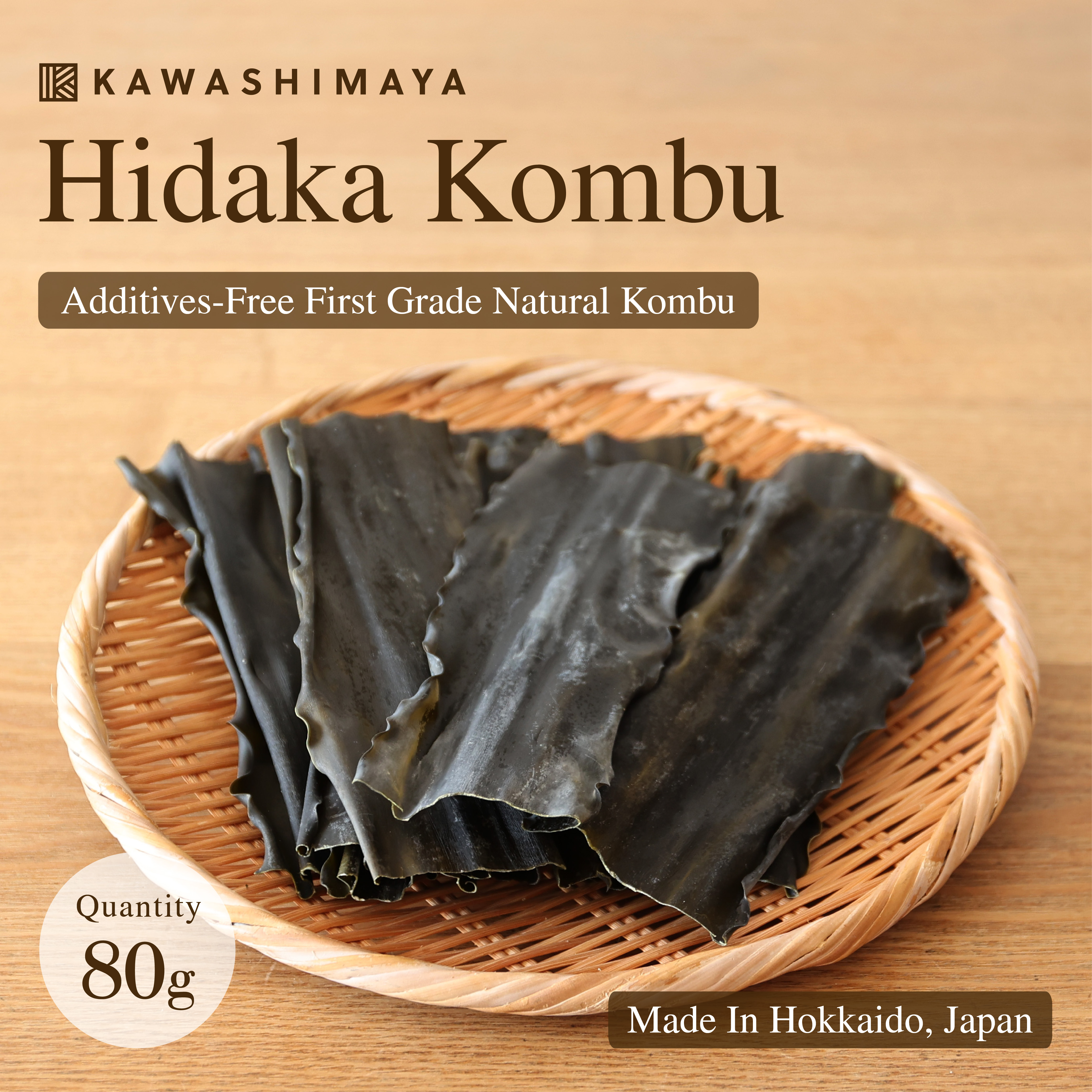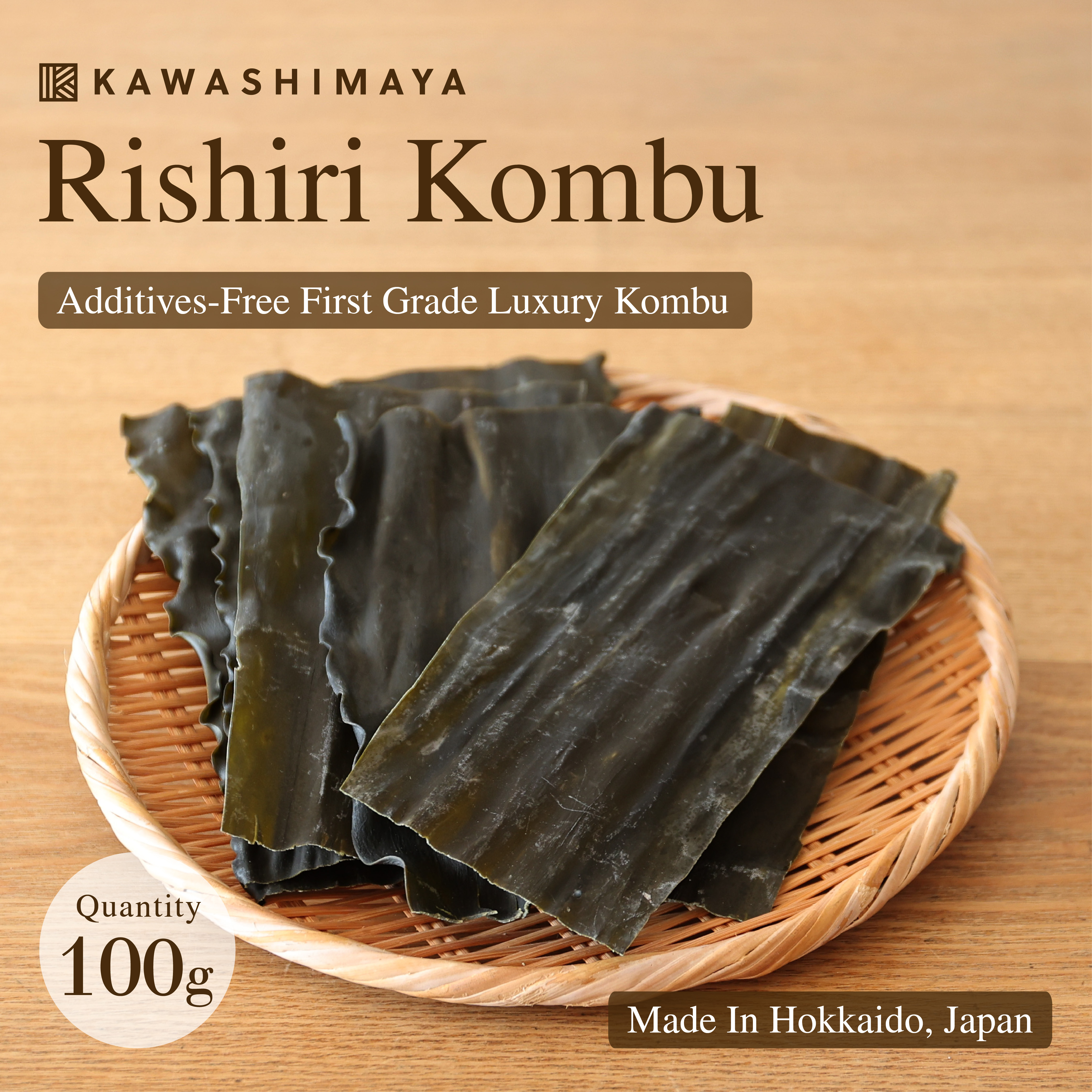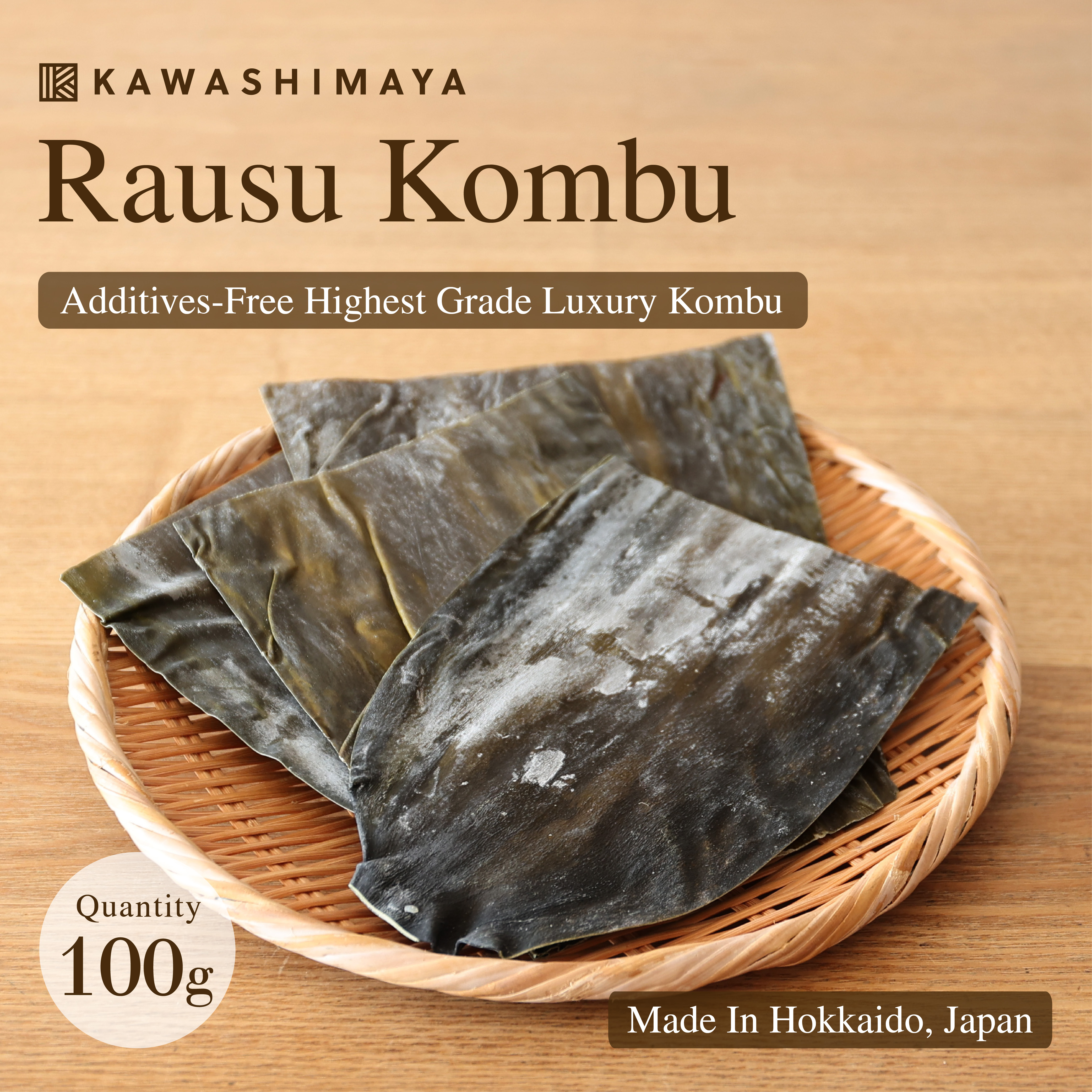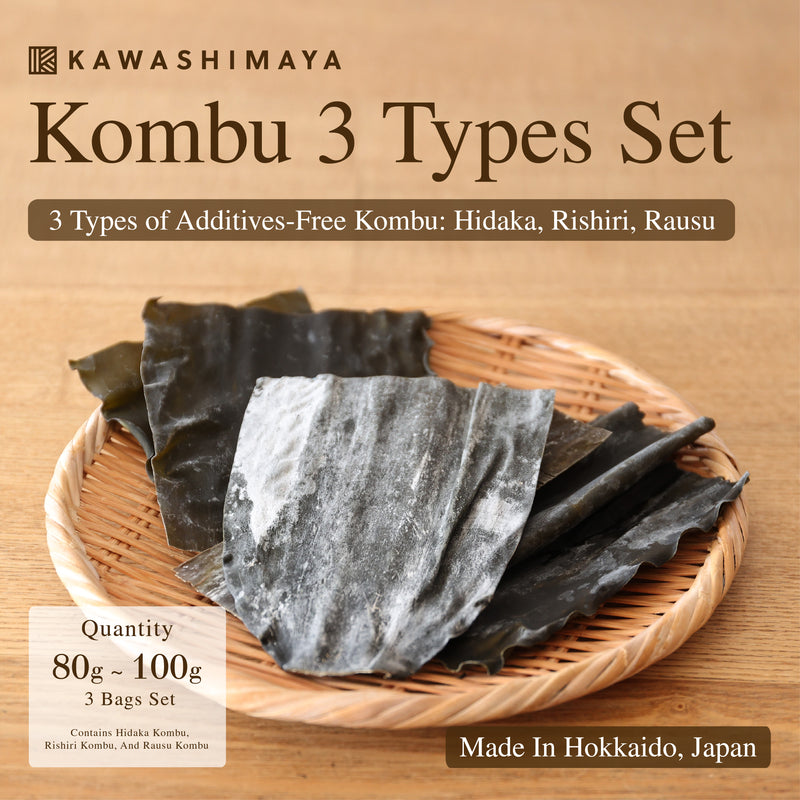
Hokkaido Kombu Kelp 3 Types Set 80g-100g - Additive-Free, Carefully Selected High-Quality Hidaka Kombu, Rishiri Kombu, And Rausu Kombu
Out Of Stock
Enjoy Authentic Japanese Food With 3 Kinds Of High Quality Kombu
There are various types of kombu kelp, which is the basis of Japanese food. Kombu kelp is commonly used as a suitable base for stock.
We have prepared 3 types of Kombu with different characteristics that you can fully enjoy. These are carefully selected high quality Hidaka kombu kelp (80g), Rishiri kombu kelp (100g), and Rausu kombu kelp (100g).
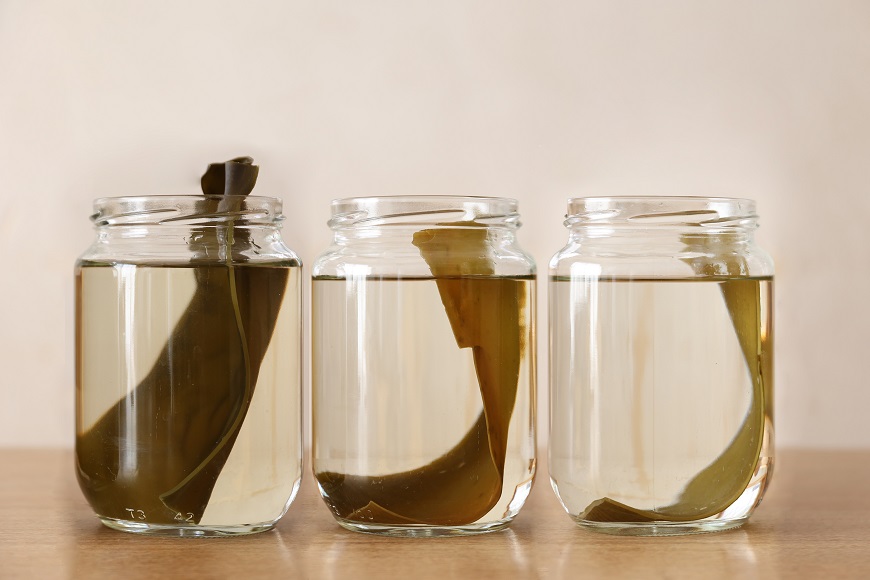
* From the left, Hidaka, Rishiri, and Rausu
NOW AVAILABLE ON AMAZON USA!
We are pleased to inform you that this product is now available on Amazon USA. Click the link to see the product!
BUY ON AMAZONThe Difference Between Hidaka, Rishiri, And Rausu Kombu Kelp
There are various types of kombu stock.
The three types of kombu kelp provided by Kawashimaya are Hidaka kombu, Rishiri kombu, and Rausu kombu
Hidaka
Can be found in: General everyday cooking. Can be found as a commercial onigiri filling
Characteristics: Mellow flavored, yellowish color
Umami Content (※): 1344mg/100g
Texture: Soft after boiled
Main Uses: Miso soup, simmered soup stock, oden ingredients, kombu rolls, etc.
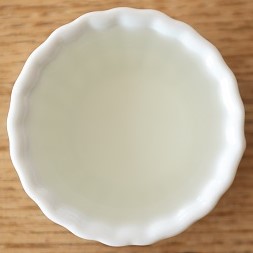
Rishiri
Can be found in: Restaurant cooking and vegetarian food.
Characteristics: Clear, no particular odd taste
Umami Content (※): 1985mg/100g
Texture: Hard
Main Uses: Suimono (clear soup), yudofu (boiled tofu), soup stock, kelp water
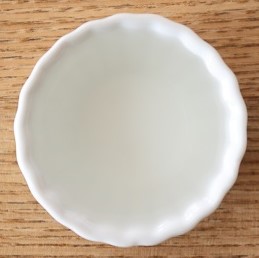
Rausu
Can be found in: Highest grade cooking, special occasions.
Characteristics: Very strong umami, prominent both in color and flavor.
Umami Content (※): 2286mg/100g
Texture: Easily dissolvable
Main Uses: Stock for hot pot, soup stock, salt ramen, kelp water, kobujime (a technique of preserving fish between kombu sheets)
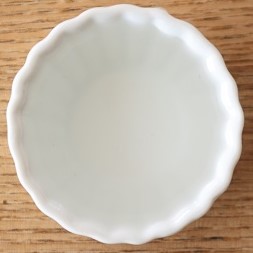
※NPO Umami Information Center
Thick First Grade Natural Hidaka Kombu, Grown By The Rough Seas

Hidaka kombu kelp from the Hidaka region in Southern Hokkaido has a unique flavor that is unique to kelp. Moreover, the soup stock derived from Hidaka kombu kelp is well-suited for various dishes.
From hot pot to soup, you can use this kombu kelp to make the stock base for everyday cooking. Because the kombu is thick and does not crumble easily, you can enjoy a nice bite and texture even when it is boiled.
Hidaka kombu is kombu kelp that is popular with many people because of its reasonable price and reliable quality. It is also used as an ingredient in commercially available rice balls in Japan.
First Grade Rishiri Kombu: Characterized By Elegant, Beautiful, And Clear Soup Stock With No Peculiar Taste
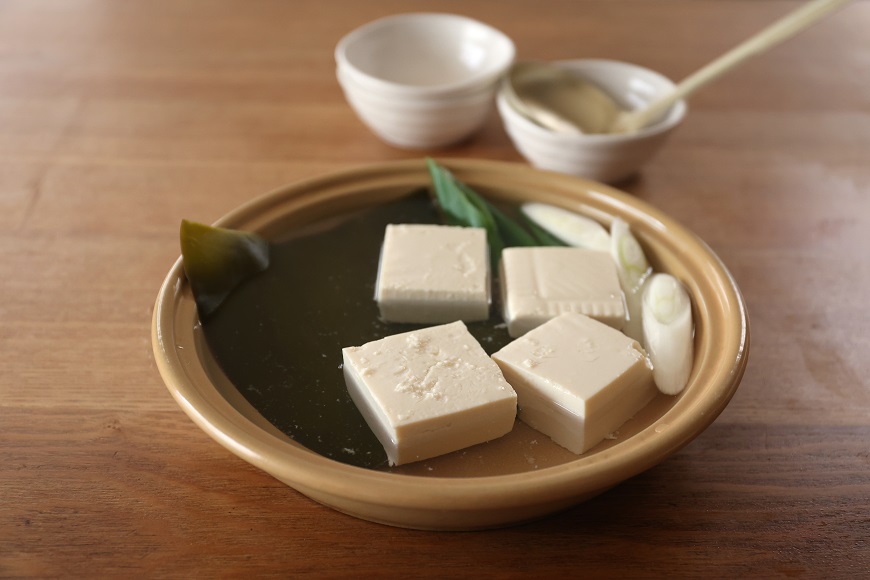
Rishiri kombu kelp is harvested in the coasts of Rishiri Island, Rebun Island, and Wakkanai in northern Hokkaido.
It features a fragrant and elegant soup stock, and it is colorless and transparent, so you don't have to worry about the color transfer to the dish.
It is often used in restaurants and vegetarian dishes, as well as yudofu (boiled tofu) and soup. Rishiri is kombu kelp with a gentle taste that is not too assertive and enhances the taste of other ingredients.
The Rich Prominent Taste of Rausu, The King of Kombu

Rare Rausu kombu kelp that grows only in the Rausu area on the south side of the Shiretoko Peninsula, which is particularly rich in minerals and other nutrients, is known as the ‘King of Kombu’ and is widely known as high-class kombu kelp.
It is softer and more palatable than other kombu kelp, so it is delicious even if you eat it as it is in a dry state. You can also use Rausu to make kombujime, a technique to preserve ingredients by keeping them between kombu sheets. Rausu will increase the taste of sashimi and vegetables while also keeping the original taste of the ingredients.
Rausu kombu kelp produces a rich, fragrant, golden-colored soup stock that plays a leading role in the flavor of hot pot dishes and noodle dishes.
Use It To Make Kombu Based Stock (Kombu Dashi)
Once you know how to make the basic kombu stock, you can apply its flavor to various dishes.
It is recommended not only to use it for soup and simmered dishes, where the soup stock plays a leading role but also to add richness and umami to stir-fried dishes.
Kombu stock can be refrigerated for a few days and frozen for longer, so it will save you time if you make them in one big batch.
Recipes With Hidaka Kombu
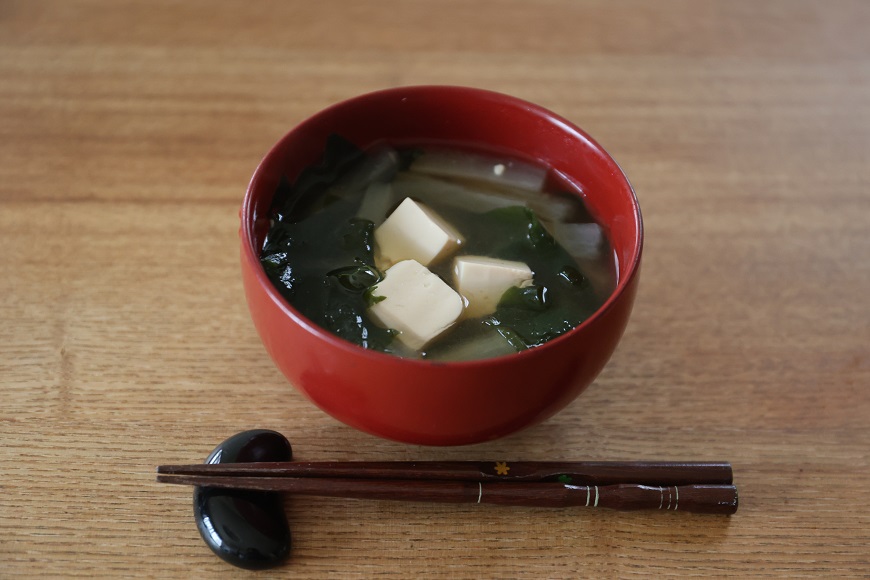
Miso Soup With Tofu And Wakame Seaweed
70g Silken Tofu
2-3g Dried Seaweed
300ml Kombu Stock (Kombu Dashi)
1.5 tbsp Miso
1. Put kombu dashi stock in a pan, heat it over medium heat until just before boiling, add dried wakame seaweed that has been rehydrated with water, then add silken tofu that has been cut into bite-sized pieces. Boil for 2 to 3 minutes.
2. Turn off the heat, dilute miso paste, mix it with the soup stock in the pot and stir thoroughly.
If you use kombu-based stock, the natural taste of simple miso soup will be greatly enhanced. Miso soup made from nutritious kombu is also recommended for those who want to improve into a healthier lifestyle.
Recipes With Rishiri Kombu
Tofu And Egg Soup
70g Silken Tofu
1 Beaten Egg
300ml Kombu Stock (Kombu Dashi)
2 tsp Light Soy Sauce
A little salt
1. Put kombu stock in a pan and heat it over medium heat. Just before boiling, reduce the heat to low and add the cubed silken tofu.
2. Turn up the heat, pour the beaten egg all over so that it spreads throughout the soup.
3. Add light soy sauce and salt to season, and it's done.
Miso soup tends to be the most popular soup on the table, but with Rishiri kombu kelp, soup with a beautiful clear color can be an option that you can enjoy with a wide variety of ingredients.
Recipes With Rausu Kombu
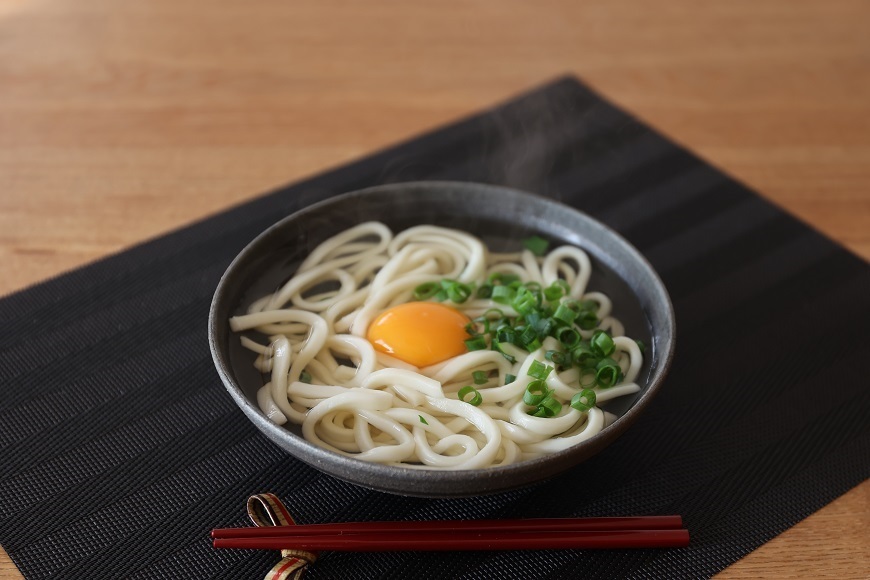
Udon With Kombu Stock
Ingredients (for 2 people)
1L Kombu Stock
1 tsp Soy Sauce
A little salt
2 Portions Udon Noodles
Your favorite toppings (green onions, seaweed, eggs, kamaboko, wakame seaweed, etc.)
1. Heat a pot of kombu kelp stock over medium heat, turn off the heat when bubbles start to appear from the bottom of the pot, and leave it for about 5 minutes.
2. Boil the udon noodles in another pot.
3. Add salt and soy sauce to pot number 1, put it on low heat again, and turn off the heat just before boiling.
4. Put the boiled udon noodles in a bowl and pour the soup stock and enjoy with your favorite toppings.
The kombu stock (kombu dashi), which allows you to enjoy the rich flavor of Rausu kombu kelp as it is, can also be used as a soup stock for other simple noodle dishes.
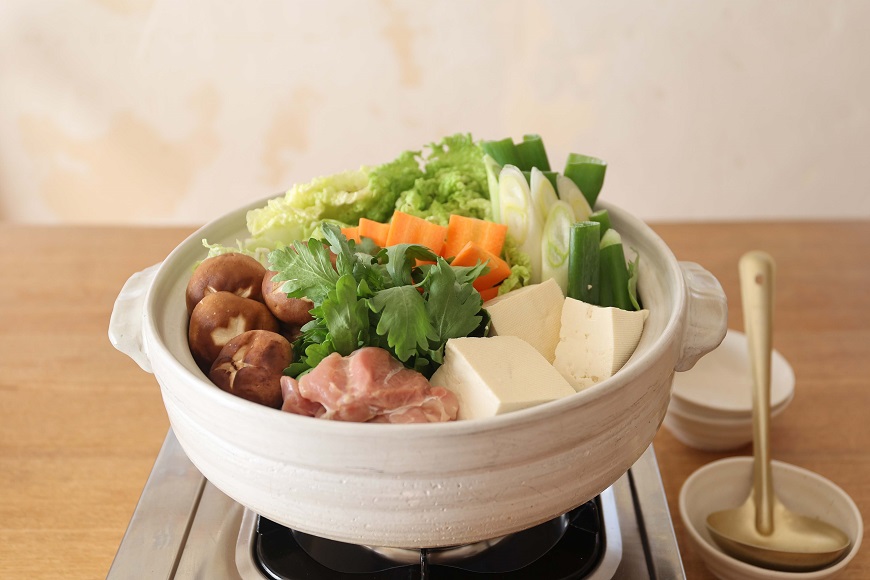
Chicken Hot Pot
Ingredients (for 2 people)
1L Kombu Stock
250g Chicken Thigh
1/8 Chinese Cabbage
1 Green Onion
4 Shiitake Mushrooms
1 Bunch Of Mizuna
1/4 Tofu
1. Cut all the ingredients into bite-sized pieces that are easy to eat.
2. Heat a pan of kombu stock and add chicken thighs just before boiling.
3. When it boils, add Chinese cabbage, green onions, and shiitake mushrooms.
4. Add tofu and mizuna, and when it boils again, turn off the heat and it's done.
It is known that when combined with meat, fish, shellfish, and mushrooms (especially shiitake mushrooms that are rich in guanylic acid), the taste of kombu kelp is further enhanced. We recommend using Rausu kombu kelp to make all kinds of dishes.
Use The Dried Kombu Kelp As It Is
Recipes With Hidaka Kombu
Konbu Kinpira (Simmered Kombu Kelp)
2 Pcs Hidaka Kombu
200ml Water (to rehydrate the kombu sheets)
1 Red Pepper
1 tsp Sesame Oil
1 tbsp Soy Sauce
1 tbsp Mirin
70g Silken Tofu
Appropriate amount of ground sesame
1. Soak the kombu kelp in water for about 20 minutes.
2. When the kelp is softened, remove it from the water and chop it into small pieces. (Do not throw away the water soaked in kelp, but use it as soup stock.)
3. Cut the red pepper into small pieces.
4. Heat a frying pan to warm the sesame oil and fry the red pepper.
5. Add chopped kelp and stir fry.
6. Stir fry over medium heat for about 3 minutes, sprinkle with salty sauce and mirin. Mix well then add sesame seeds.
Recipes With Rishiri Kombu

Radish Senmaizuke (Pickled Radish)
1/4 radish
1 tsp Salt
25ml Vinegar
15g Sugar
A little Red pepper
5 cm Kombu Kelp (cut into small pieces)
1. Peel the radish, cut into thin slices of 3 to 5 mm, soak in salt and leave for about 5 minutes to drain and squeeze the moisture.
2. Put Rishiri kombu kelp and seasonings in a ziplock and knead lightly from the outside. Add the radish from 1, and knead again to blend it into the whole radish.
3. Remove the air, seal it, and let it sit in the refrigerator for at least a day.
Senmaizuke is synonymous with Kyoto pickles that incorporate beautiful white turnips. However, you can easily make delicious Senmaizuke at home using Rishiri kombu kelp and radish.
With the delicious taste of kombu kelp and the crispness of radish, it is a dish that can be expected to be loved by everyone.
Recipes With Rausu Kombu
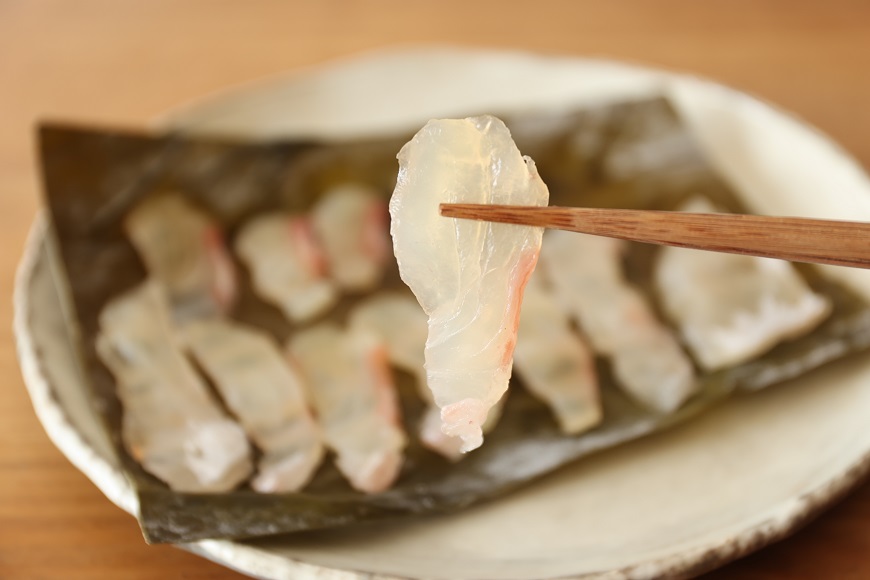
Kombujime (Kombu Cured Sashimi)
Ingredients (For 2 People)
Appropriate Amount Rausu Kombu Kelp
Appropriate Amount Sashimi
Appropriate Amount of Raw Vegetables (Cucumbers, Carrots, Chinese Cabbage, Turnips, Etc.)
Appropriate Amount Salt
1. Prepare two pieces of kombu kelp in the appropriate size to sandwich the ingredients from above and below. Lightly clean the surface of the kombu sheet with a dry cloth and place it on top of plastic wrap. Sprinkle a little salt on it, arrange the bite-sized sashimi and vegetables that are thinly cut, make sure they do not overlap. Sprinkle a little salt on the ingredients and cover it with another kombu sheet.
2. Wrap it in a tight wrap so the kombu sheets are properly sticking to the ingredients. Put a weight on it, and let it sit in the refrigerator for 1 hour or more.
If you let it sit in the refrigerator for a short time, the kelp will scent softly and elegantly. The longer you let it sit, the more you can enjoy the strong umami that has absorbed into the ingredients that have become moist and squeezed.
* When tightening sashimi with kombu, please eat it as soon as possible.
Cook The Leftover Kombu After Extracting The Stock
It is especially recommended to cook kombu kelp after extracting the stock from it. One of the best ways to cook it is to simmer it with vinegar and soy sauce (Tsukudani)i, which makes the best use of the softness of simmered kombu kelp.
By eating whole kombu kelp, you can also ingest nutrients that are not extracted into the kombu stock.
Kombu Tsukudani (Seafood or seaweed simmered in soy sauce and mirin)
60g Leftover Kombu
300ml Water
2 tbsp Vinegar
2 tbsp Sake
2 tbsp Sugar
2 tbsp Soy Sauce
2 tbsp Mirin
1. After extracting the kombu dashi stock, chop the leftover kombu sheets, and put them into a pot.
2. Add water and vinegar. Cook over medium heat. When it boils, add sake, sugar, soy sauce, and mirin. Simmer on low heat for 30 minutes.
3. Simmer until the water is gone and you're done.
If you only have a small amount of leftover kombu after making kombu dashi stock, you can cut it into small pieces and store it in the freezer for the time being. You can thaw it and make tsukudani after you have saved enough leftover kombu.
Alkaline Food Rich In Nutrition That Makes The Body ‘Happy’
Today's modern diet, which mainly contains acid-forming substances such as meat, carbohydrates, sugar, and processed foods, can lead to illness and aging.
Kombu kelp is called the strongest alkaline food and helps keep the body healthy. Since it covers most of the essential minerals and is rich in nutrition, it is ideal to consume not only the soup stock from kombu but also the kombu itself.

Abundant Dietary Fiber, Perfect For Gut Health
Kombu kelp contains alginic acid and fucoidan, which are water-soluble dietary fibers distinct to seaweeds, and when soaked in water, they dissolve and become sticky and thick.
Including insoluble dietary fiber, it contains about 5 times as much dietary fiber as burdock. It is also recommended for those who tend to suffer from stomach sickness and those who aim to have healthy body weight.
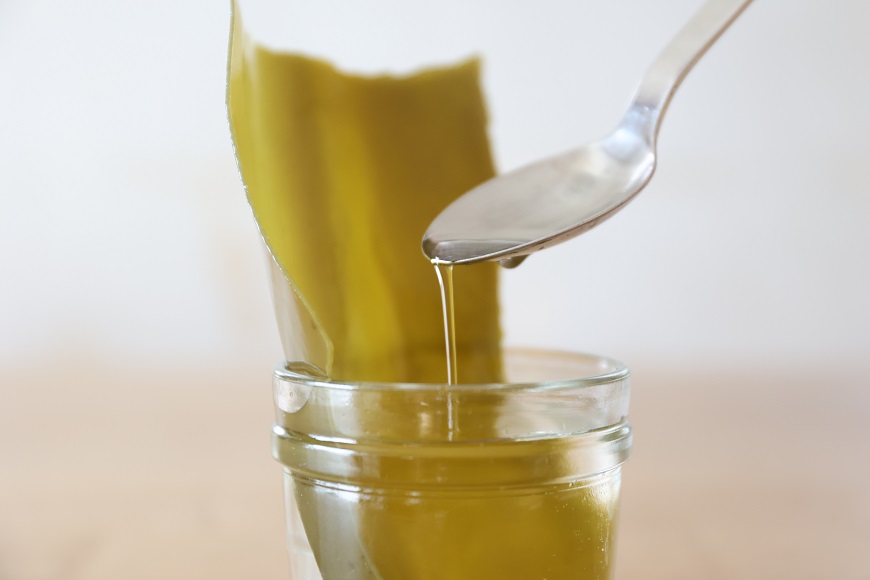
For those who want to refresh their stomach and keep their hair healthy, we recommend kelp water, which allows you to easily ingest fucoidan, a dietary fiber peculiar to seaweed.
Kombu Water (Kombu Tea)
1.5L Water
20g Kombu Kelp
1. Cut about 20g of kombu kelp to a width of about 5mm, put it in a storage container, and add 1.5L of water.
2. Store in the refrigerator, and after 8 hours to 1 day, the stickiness will dissolve in the water.
* Please drink during 2 weeks period. The proper amount to take kombu water is one glass per day.
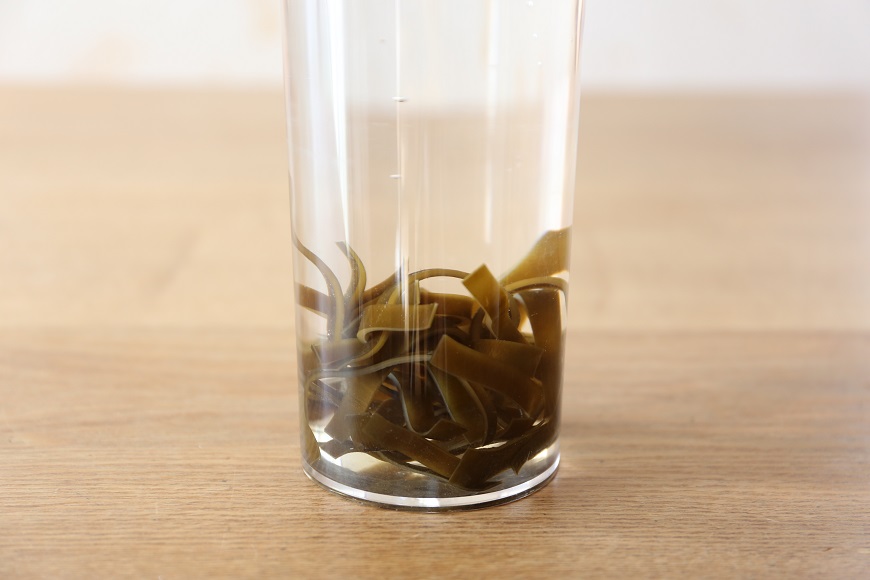
The kombu kelp water, where the abundant nutrients of kombu kelp are dissolved, is also called ‘water of life’ and is a reassuring ally for daily health maintenance and beauty purposes.
You can drink it as it is or use it as a soup stock for cooking.
Strengthen Your Body With The Power Of Calcium
The amount of calcium contained in kombu kelp is 6 times that of milk.
Moreover, it is known that the calcium contained in seaweed is of higher quality than that of dairy products, is easily adapted to the human body, and has a high digestion and absorption rate.
Calcium is a nutrient that the body cannot produce, but using kombu kelp in your daily diet can prevent calcium deficiency.

Eliminate Iron Deficiency And Make Your Body Less Tired
Kombu kelp contains about three times as much iron as spinach and can be immediately incorporated as an ingredient to improve the basic strength of the body that tends to be easily tired.
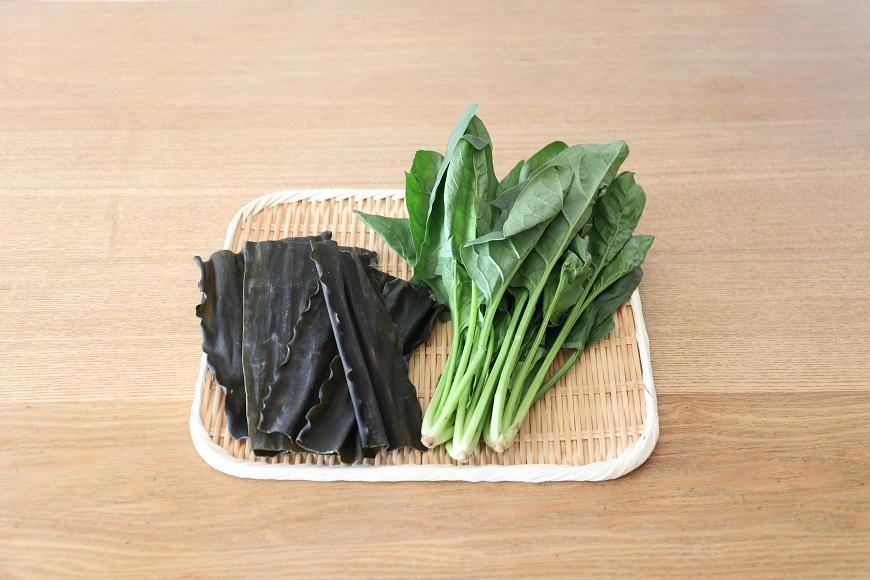
Iodine, An Essential Ingredient For Maintaining Good Health
Iodine is also related to the production of growth hormone, so it is an important nutrient for those who are worried about physical disorders and children who are in a period of physical and mental development. Iodine is one of the essential minerals, and taking it little by little every day helps maintain good health.
By eating kombu kelp together with soybean-based foods, the effect of saponin inside the soybeans that can help improve blood circulation will be strengthened. The recommended way to eat kombu kelp and soybeans is through traditional Japanese cooking like miso soup or yudofu.
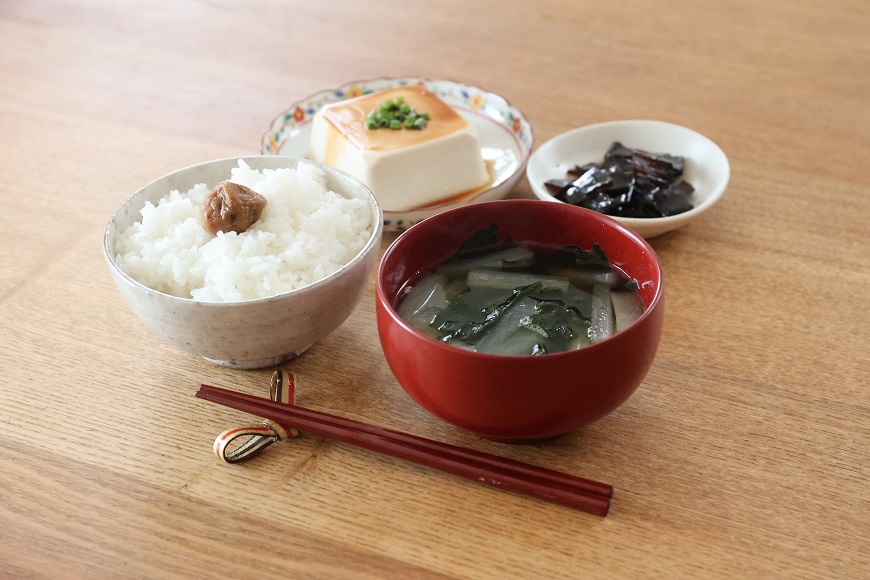
High Quality Kombu, Selected By Skilled Connoisseur
Kawashimaya Kombu products includes Hidaka kombu, which is carefully prepared by a specialty shop in the Hidaka region of Hokkaido that has a wealthy knowledge and experience in handling kombu; and high-quality Rishiri kombu and Rausu kombu that are developed by making use of the horizontal connection of kelp fishermen in Hokkaido.
In cooperation with Hokkaido producer Tamura Toshimitsu Shoten, we have prepared three types of kombu kelp while discussing many times which variant will satisfy our customers. We only handle the highest quality kombu: grade 1 and grade 2.
The taste, umami, and characteristics of each kombu kelp are completely unique.
Feel free to try all three and find the best kombu to your preference.

Check out our high quality kombu varieties
Kawashimaya's Kombu Products Development Story
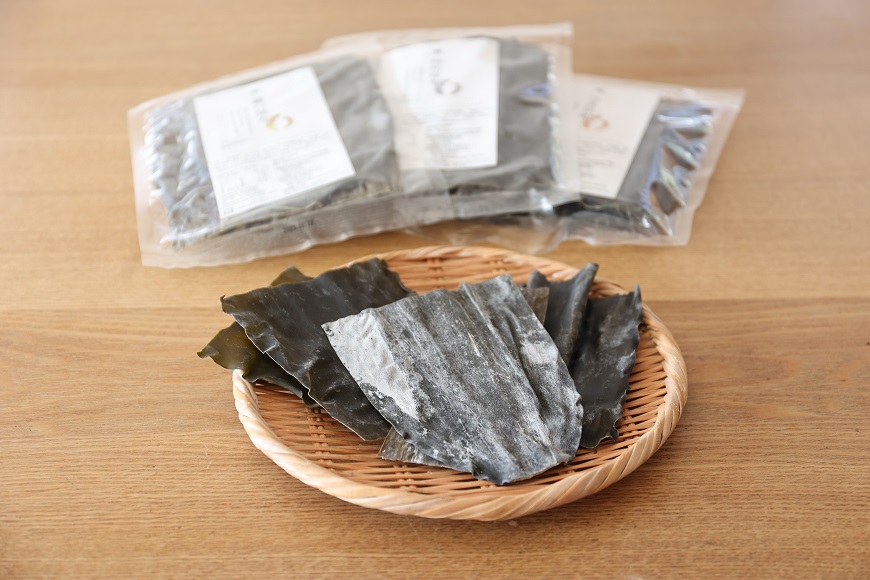
Kombu kelp is one of the traditional Japanese ingredients.
Did you know that different types of kombu kelp have completely different tastes and uses?
It's a food that Japanese people are familiar with, but when I looked it up, I was surprised at how deep the knowledge about kombu kelp was because it was full of things I didn't know.
We have prepared three types of kombu kelp while considering many times which types of kombu will satisfy our customers. We only handle the highest quality kelp, grades 1 and 2. The taste, umami, and characteristics of each kombu kelp are completely different.
We hope that you will find your favorite kelp by using it according to your uses.
Frequently Asked Questions
- I would like to drink kombu kelp water (kombu tea) every day for my health. Which kombu is recommended to make it?
- We recommend Rishiri or Rausu, which have a lot of nutrients that can dissolve into the water. Since the dietary fiber of Hidaka kelp is strong, it is difficult to dissolve in water. It’s not impossible, but if you expect significant health effects from kombu water, we recommend Rishiri or Rausu.
- I heard that kombu kelp is good for your health, is that true?
- Kombu kelp is a strong alkaline food that is good for people with a modern lifestyle that tend to be unhealthy. It is also rich in calcium, minerals, dietary fiber, and vitamins.
- I heard that eating too much kombu kelp is dangerous, is that true?
- Dietary fiber and iodine contained in kelp have a strong effect, so if you take too much every day, it may cause stomach and thyroid disorders. But, there is no problem if you intake kombu kelp as a soup stock or cooking ingredients in a reasonable amount. One cup of kombu kelp water is the standard intake per day.
Product Detail
| Ingredients | Hidaka Kelp, Rishiri Kelp, Rausu Kelp |
|---|---|
| Quantity | Hidaka (80g), Rishiri (100g), Rausu (100g) |
| Origin | Made In Hokkaido, Japan |
| Storage Guide | Please store at room temperature. Avoid high temperatures and humidity. |
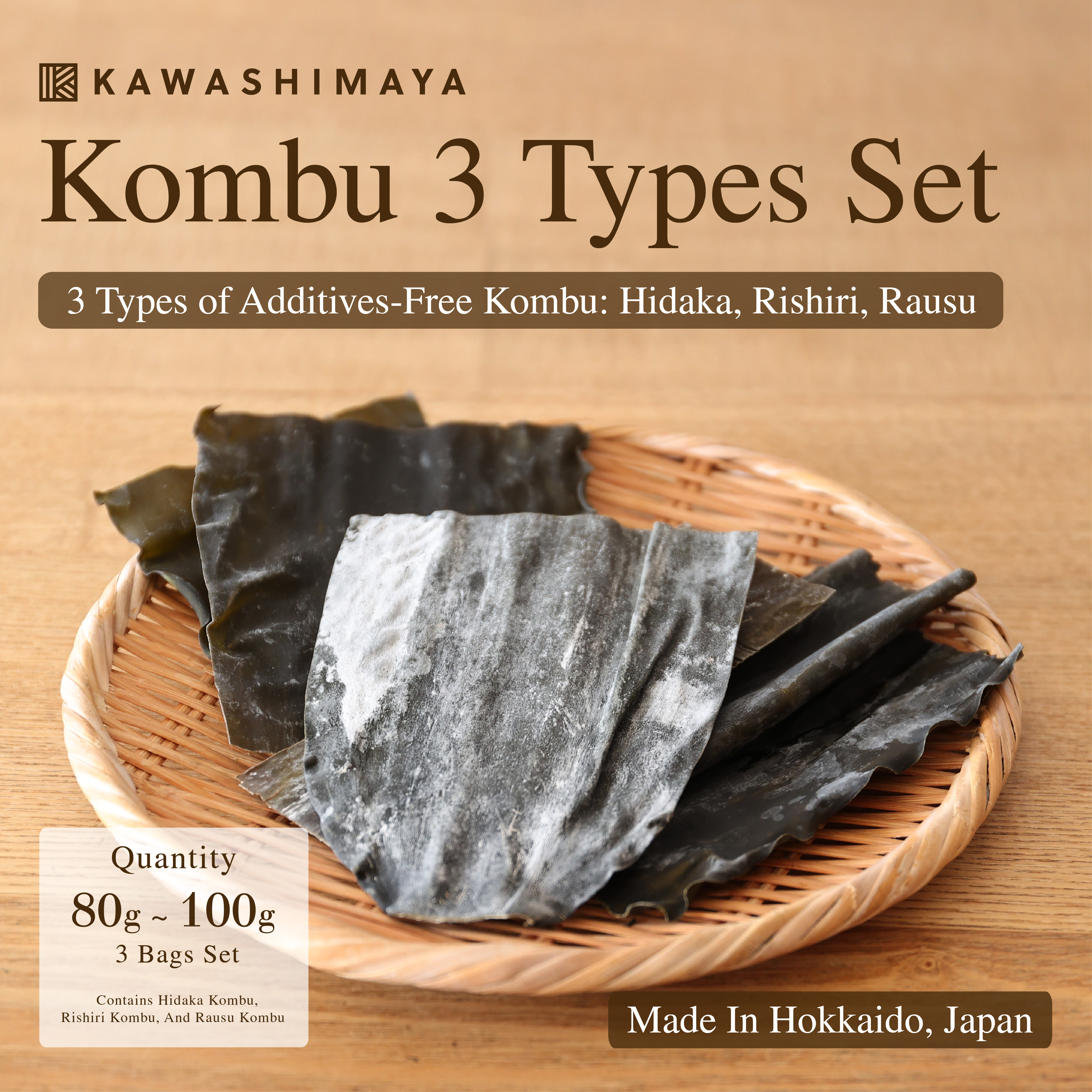
Why shop with KAWASHIMAYA?
- We sell only authentic and high-quality products
- 100% Made in Japan products are as listed
- Organic and non-GMO products are as listed
- All products are new and have long expiry date
- All products are handled directly from our warehouse in Tokyo, Japan
- Easy and secure payment options with CC or PayPal
- Safe and insured international shipping methods
- English and Japanese customer support by email
- Wholesale discount prices available for selected products
- Find insightful articles from KAWASHIMAYA Blog
- Get exclusive discounts for KAWASHIMAYA Newsletter subscribers
- Easy shop on KAWASHIMAYA Amazon USA

